Sterren Beer with its authentic German recipe produced in India under the guidelines of German Standards has been selected as the Prestigious Rising Brands of Asia 2019-20.
Incorporated in 2012, by the Chairman and Managing director, Mr. Vasudevan S, who established Sterren under the entity KALS Breweries.Triumph of Celebration:
The KALS Group of Companies has varied interest spanning liquor retailing, motor fuel and lube, transport and logistics as well as FMCG distribution. With a grand vision to be successful in building a professional team with focused endeavors in the vertical and horizontal expansion of the Group, KALS Distilleries, KALS Beverages and KALS Breweries were formed by the visionary. Their products have already made their imprint in the states of Tamil Nadu, Kerala, AP, Andaman, Karnataka, Chhattisgarh, UP, and Puducherry and with global presence in UAE, Singapore, Malaysia, and Central Africa. Mr. Vasudevan’s visionary thought of Going Global has enabled the Product Life-Cycle Excellence of this product.

L to R: Dr. Uppilliapan Gopalan, COO, Mr. Arulmani Sekaran – Director and Mr. Rajasekaran S – Director of KALS Group, Dr. A.T. Kumara Raja – Chief Economic Advisor to Malaysian Government, Mr. Amit Sengupta – Indian Economist – Cabinet of Parliament to Modi and Chief Editor of Deccan Herald
Brand Quotient
With the headquarters in Chennai, under the stewardship of Mr. Vasudevan S, the brand Sterren celebrates more than 20% market share in this segment in TN and KALS employs more than 3000 employees. Sterren is an entry into ultra-premium with proud variants that fits the choice of all.
• Sterren 6 – Premium Quality Beer (Wheat-base Beer)
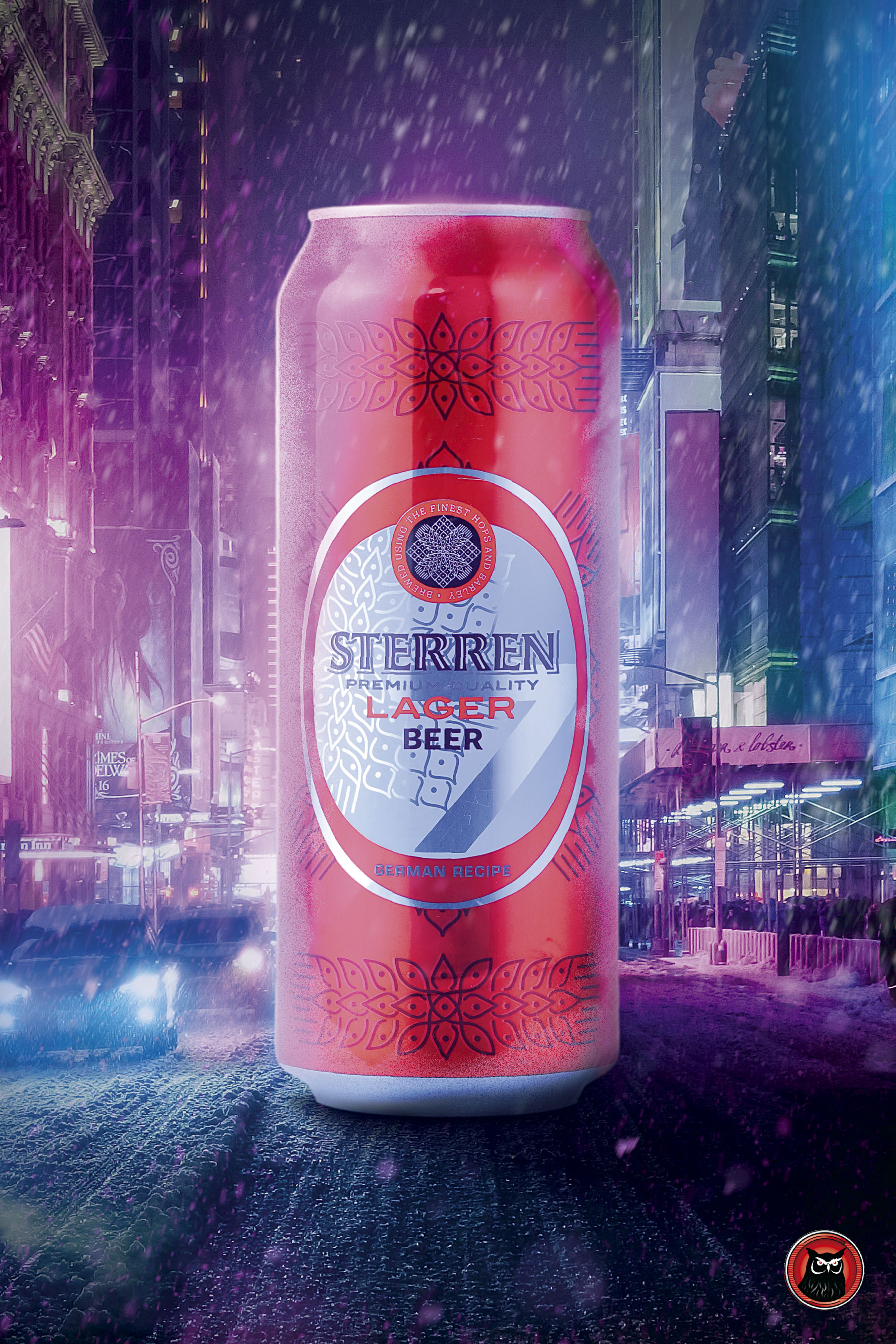
• Sterren 7 – Premium Quality Strong Beer (Lager Beer)
• Sterren 8 – Premium Quality Extra Strong Beer (Extra Strong Beer)
Sterren- Authentic Sporty German Word-a Royal Blend of Excellence with Contemporised Brew which are available in three variants of ABV 6%, 7% and 8%. Its quality is simply stellar with an orange citrusy note and available in 650ml, 500 ml and 330 ml beverage grade cans.
Sterren 8 – Premium Strong Beer is enroute to ultra-premiumisation. Sterren -8 indeed is a mix that is consciously branded as a blend of contemporary touch with traditional pitch. Flavour and imported hops makes it a perfect top-notch that rollickingly touches the sentiments of millennials and youths. Sterren is manufactured under the aegis of an agreement through a Technology Transfer Programme from VLB (Berlin) with GMPs complying with the standards of Food Safety Management Systems (ISO 22001:2015), Environmental Management Systems (ISO 14001:2015), & QMS, & BRC AA Standards of International Food Safety Norms
Trailblazing
Practicing brand values like trust, respect, passion and commitment, they strive to create an organisation that delights customers and associates creating a higher recall in every market present. Using their unique German technology and German Recipe they have earned a turnover of 590 million USD. Their recipe is certified under the German Standards. In order to be part of the growing consumption of the beer business and also to be a full-spectrum alcoholic beverage company they strive to deliver integrity, quality and consistency with Sustainable Brand Augmentation for customer loyalty. Their brewery plant is a fully-automatic plant best-in-class in the country with end-to-end manufacturing. It is one of the few brewery plants in the country with Can Beer Line, which services the export market.
Cutting Edge
The German quality of Sterren Beer embarks the taste, flavour and texture on the taste-buds of the consumers. They have invested in research and surveys as they strongly believe in feedback resulting satisfaction and an opportunity of loyalty. The brand interacts and engages with their customers through influential marketing, participation in Oktober fest in Chennai (India), Beer fests and organising Sterren Nights. Their impeccable quality and product packaging also contribute to the high customer acceptance.

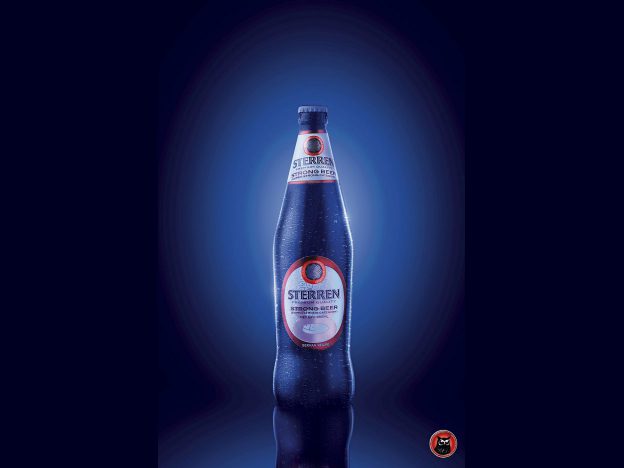
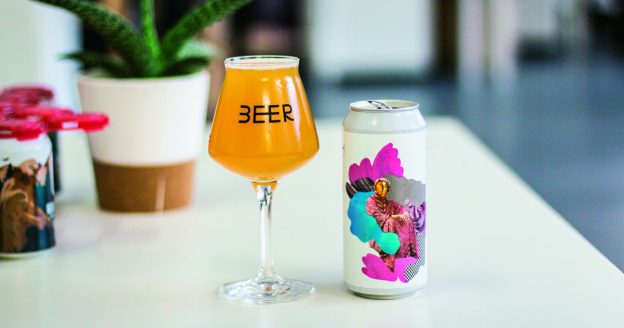
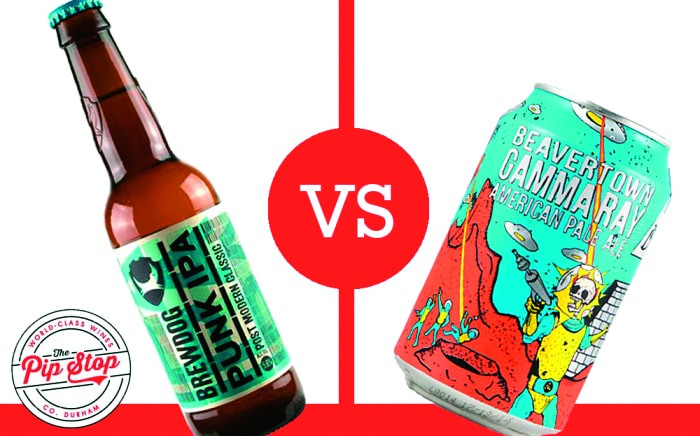 The margins created by retailing your beer instead of selling it wholesale have sustained the growth of microbreweries. This successful approach has succeeded in generating phenomenal growth in the industry.
The margins created by retailing your beer instead of selling it wholesale have sustained the growth of microbreweries. This successful approach has succeeded in generating phenomenal growth in the industry.
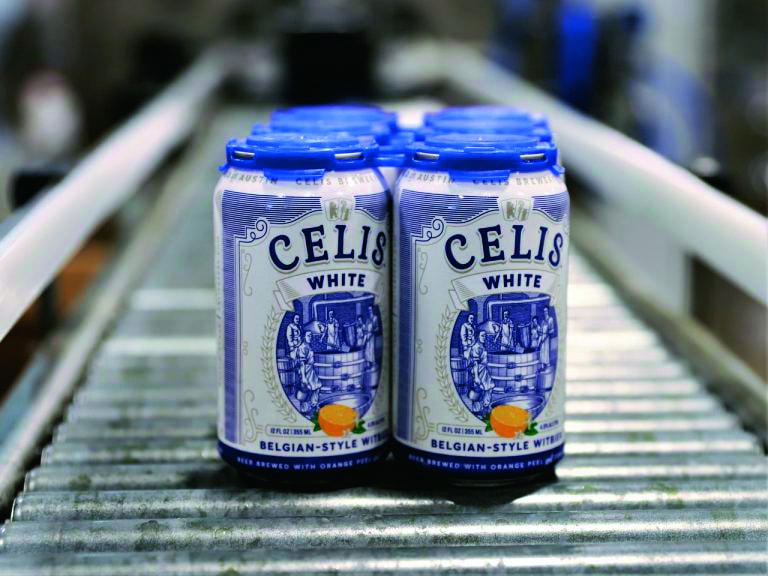 Many of your clients will also want to enjoy their favourite beer at home or on a picnic. And you need to serve them, or they will buy their tipple from the competition. Therefore you need to satisfy this type of consumption by offering bottled beer, pretty soon after starting your brewery. Initially the quantities to be bottled are relatively modest – maybe only 500 or 1000 bottles at a time for each of your various recipes. Initially, therefore, the easy way, although an expensive way, is to contract bottle outside the premises. This seems the way to go. Contract bottling has many disadvantages and could eat into your margins because of extra logistics cost and scheduling. In-house bottling could be the solution. Bottling in-house requires generally more money than anticipated.
Many of your clients will also want to enjoy their favourite beer at home or on a picnic. And you need to serve them, or they will buy their tipple from the competition. Therefore you need to satisfy this type of consumption by offering bottled beer, pretty soon after starting your brewery. Initially the quantities to be bottled are relatively modest – maybe only 500 or 1000 bottles at a time for each of your various recipes. Initially, therefore, the easy way, although an expensive way, is to contract bottle outside the premises. This seems the way to go. Contract bottling has many disadvantages and could eat into your margins because of extra logistics cost and scheduling. In-house bottling could be the solution. Bottling in-house requires generally more money than anticipated.
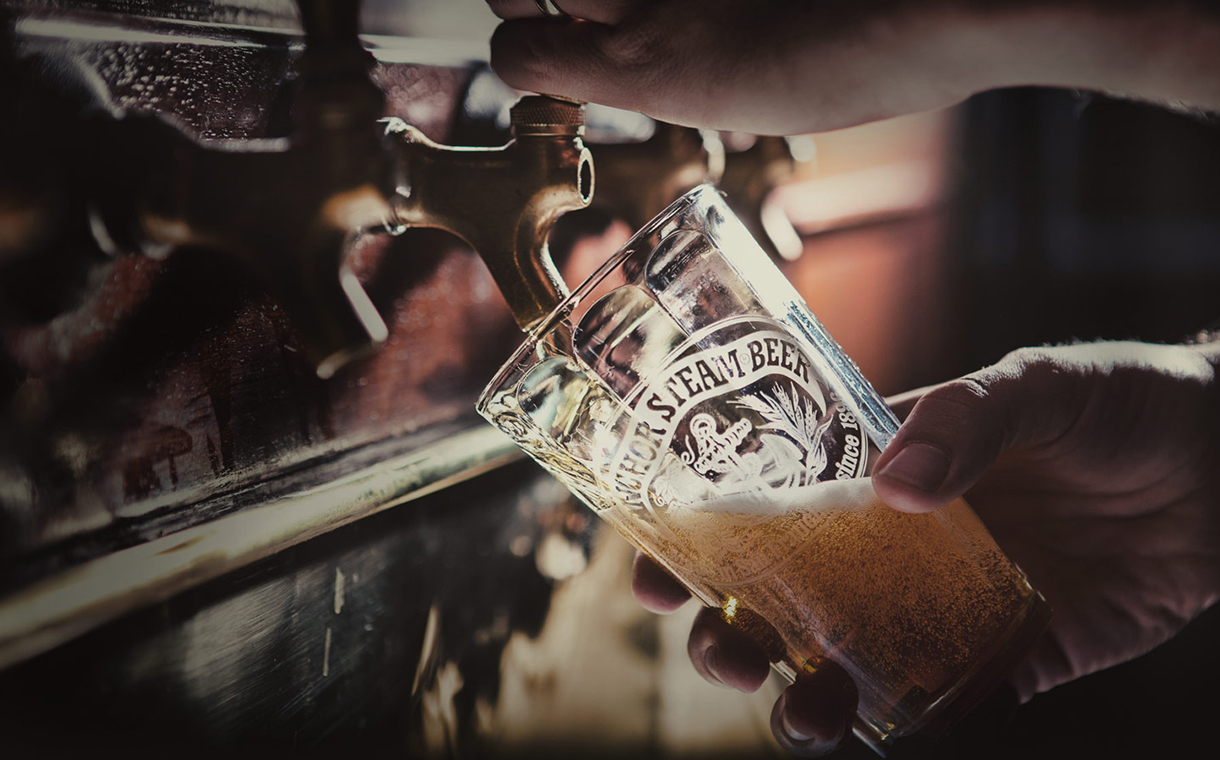 The metal touching your lips is still a factor in terms of flavour, but most craft brewers suggest pouring out beer into a glass before sipping, whatever package it comes in. It may be coolness, or it may be convenience, but the bottom line is, cans are getting cheaper. Bottling in-house remains a simpler, cheaper process. The Brewers Association estimates just 3% of craft beer on the shelves is in a can. Sixty percent still goes out in bottles, and the rest is sold in kegs. Glass has been a very reliable package and tradition will prove itself well that glass is not going anywhere.
The metal touching your lips is still a factor in terms of flavour, but most craft brewers suggest pouring out beer into a glass before sipping, whatever package it comes in. It may be coolness, or it may be convenience, but the bottom line is, cans are getting cheaper. Bottling in-house remains a simpler, cheaper process. The Brewers Association estimates just 3% of craft beer on the shelves is in a can. Sixty percent still goes out in bottles, and the rest is sold in kegs. Glass has been a very reliable package and tradition will prove itself well that glass is not going anywhere.
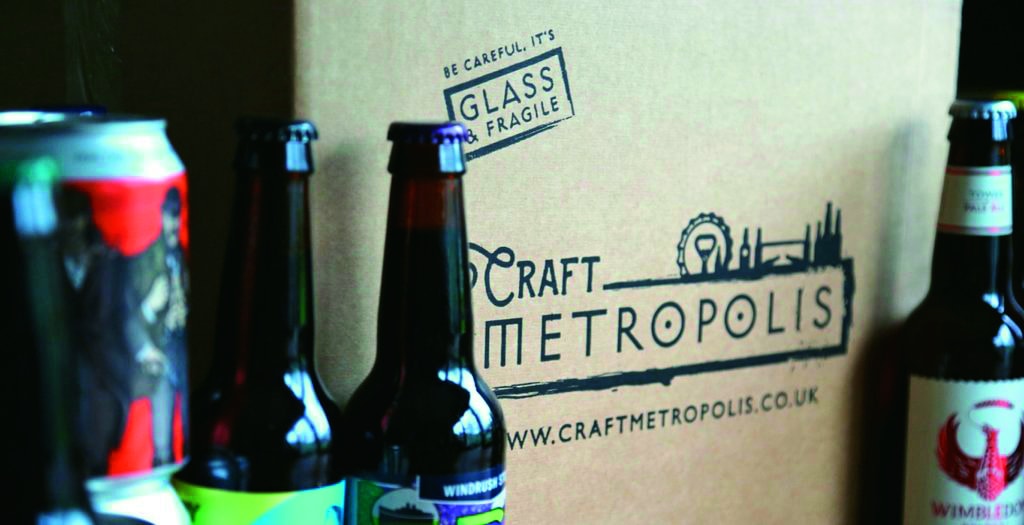 India’s craft beer industry accounts for 2-3% of the country’s beer market which is largely skewed towards the stronger version. The surge of interest in craft beer has been driven by millennials, many particularly interested in this form of beer that is more authentic, premium and has a complex flavour compared to regular lager sold by MNCs.
India’s craft beer industry accounts for 2-3% of the country’s beer market which is largely skewed towards the stronger version. The surge of interest in craft beer has been driven by millennials, many particularly interested in this form of beer that is more authentic, premium and has a complex flavour compared to regular lager sold by MNCs.
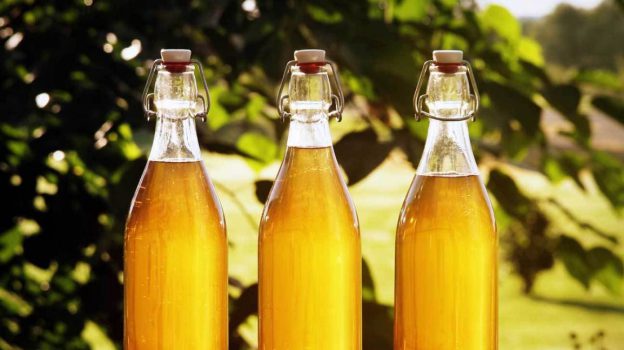
 A ubiquitous alcoholic beverage, everyone – ancient Greeks, Africans, and Chinese – all drank mead as far back as 3000 BCE. Mead holds particular importance in Norse mythology, especially in the legend of a fabled beverage with magical powers known as “Poetic Mead”. As the story goes, mythological gods created a man named Norseman Kvasir who was so wise he could answer any question. When he was eventually killed, his blood was mixed with honey, and whoever drank this honey-blood mead took on Kvasir’s power of intelligence. And it’s likely this myth that inspired Danish craft mead producer Dansk Mjod to make its Viking Blod Mead, which is flavoured and coloured red from hibiscus.
A ubiquitous alcoholic beverage, everyone – ancient Greeks, Africans, and Chinese – all drank mead as far back as 3000 BCE. Mead holds particular importance in Norse mythology, especially in the legend of a fabled beverage with magical powers known as “Poetic Mead”. As the story goes, mythological gods created a man named Norseman Kvasir who was so wise he could answer any question. When he was eventually killed, his blood was mixed with honey, and whoever drank this honey-blood mead took on Kvasir’s power of intelligence. And it’s likely this myth that inspired Danish craft mead producer Dansk Mjod to make its Viking Blod Mead, which is flavoured and coloured red from hibiscus.
 Mead is frequently consumed in Eastern Europe and Russia. Pretty much any country that produced honey has a history of mead production and appreciation.
Mead is frequently consumed in Eastern Europe and Russia. Pretty much any country that produced honey has a history of mead production and appreciation.
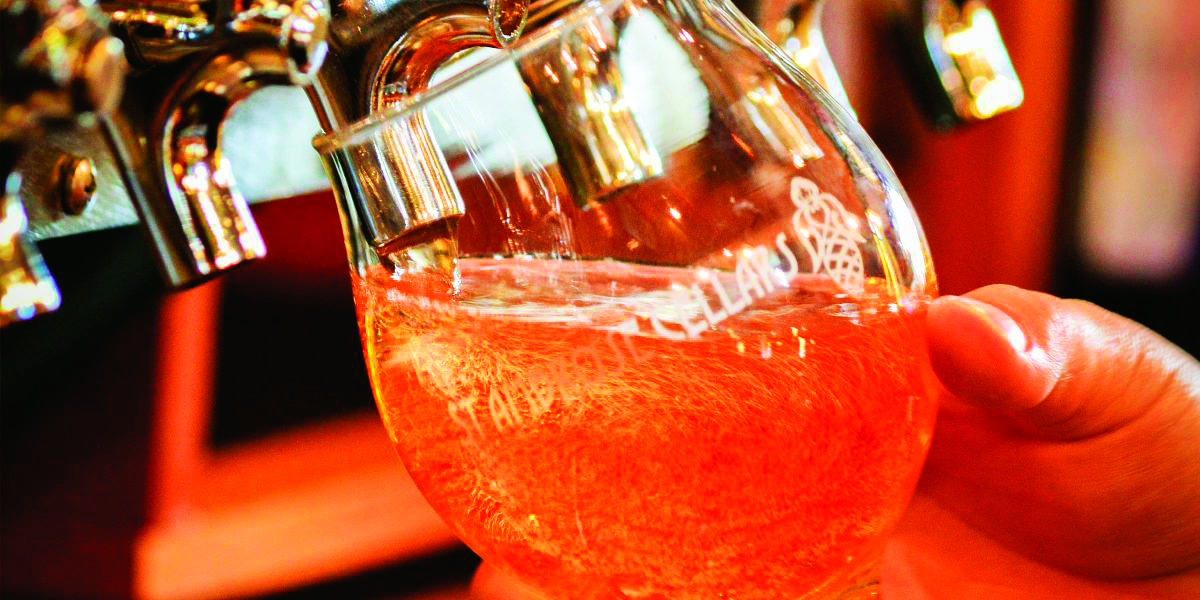 Hippocras is a spiced pyment, usually sweet.It is believed to have been popular among early Mediterranean peoples.
Hippocras is a spiced pyment, usually sweet.It is believed to have been popular among early Mediterranean peoples.
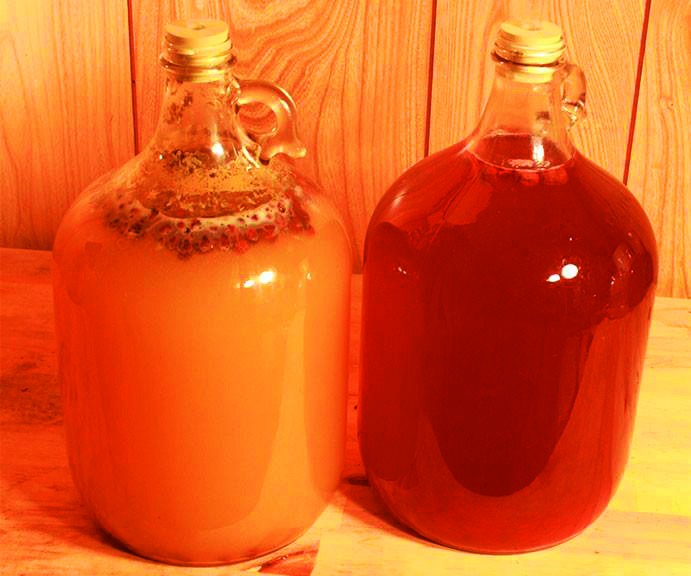 Moonshine’s mead is made from multi-flower honey locally sourced from Maharashtra. “The taste of the mead changes completely depending on what honey we are using,” said Rehani. “Just like all grapes aren’t the same, all honey is not the same. The flavour differs depending on the nectar source [flowers]. There is lychee honey, ajwain honey, eucalyptus honey, jamun honey and each one has a slightly different taste which has a huge impact on the final taste.”
Moonshine’s mead is made from multi-flower honey locally sourced from Maharashtra. “The taste of the mead changes completely depending on what honey we are using,” said Rehani. “Just like all grapes aren’t the same, all honey is not the same. The flavour differs depending on the nectar source [flowers]. There is lychee honey, ajwain honey, eucalyptus honey, jamun honey and each one has a slightly different taste which has a huge impact on the final taste.”